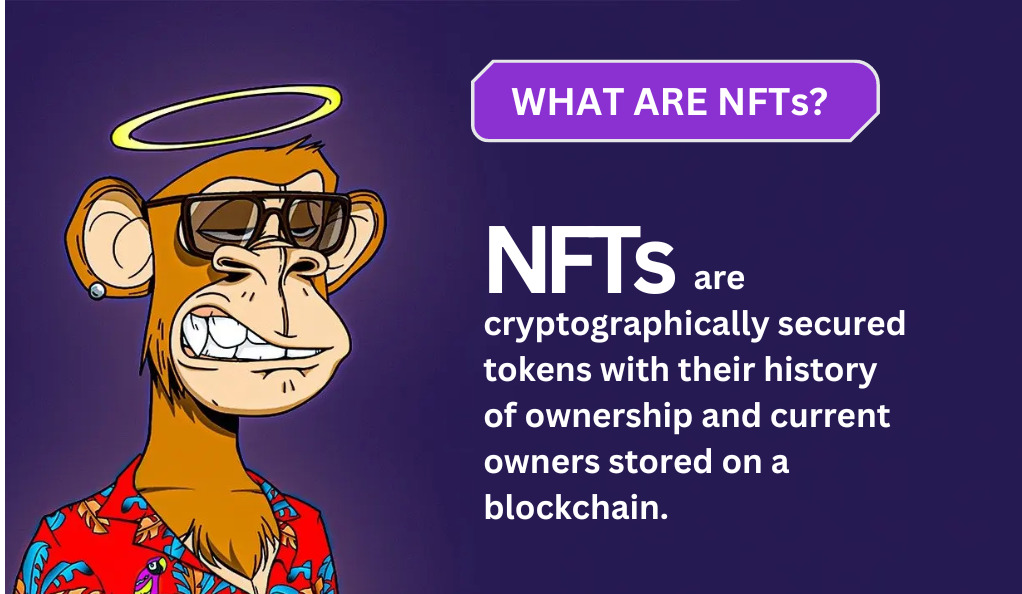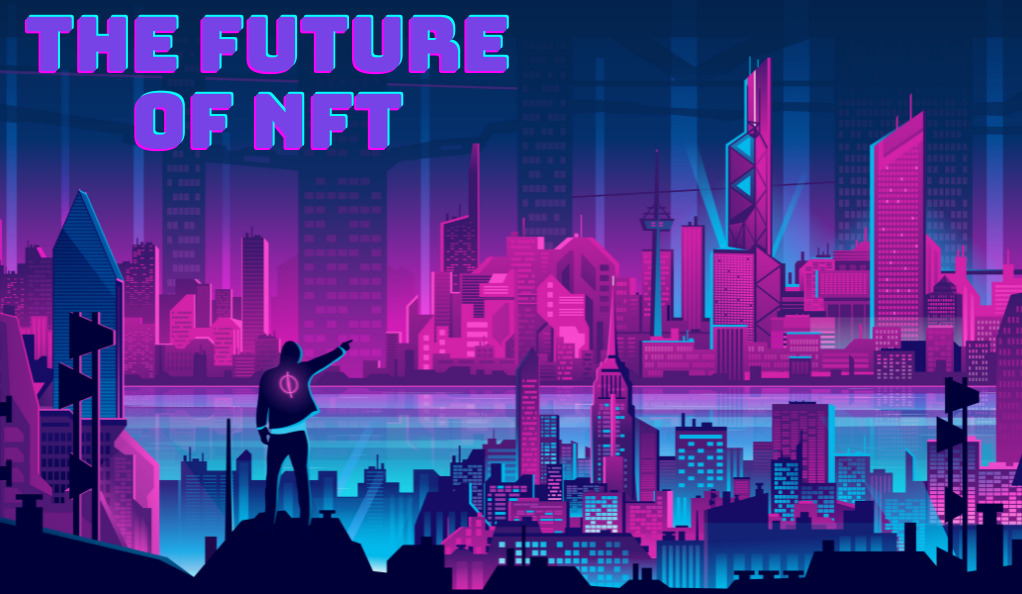Introduction: The Rise of NFTs
The evolution of the digital realm has birthed numerous innovations, and among the most disruptive is the concept of Non-Fungible Tokens, or NFTs. As unique digital tokens representing ownership of specific items on the blockchain, they have touched and altered various sectors, from art to music, to gaming. However, the glittering allure of NFTs is accompanied by substantial ethical dilemmas. These dilemmas arise from environmental, copyright, and economic issues, forcing us to confront these challenges.
Understanding NFTs

The allure of NFTs stems from their uniqueness. Unlike traditional cryptocurrencies such as Bitcoin or Ethereum, NFTs cannot be exchanged on a one-for-one basis. Every NFT has a distinct value and represents a unique piece of information. This distinctiveness allows digital artists and creators to tokenize their work, providing a digital certificate of authenticity. While this brings a revolutionary model of ownership to the digital world, it also paves the way for multiple challenges that we must address.
The Environmental Impact
The surge in NFT popularity has been marred by discussions about their environmental implications. Much of this discourse revolves around the energy consumption associated with the minting, buying, and selling of NFTs on various blockchains.
Carbon Footprint
NFTs, especially those on the Ethereum blockchain, have an immense carbon footprint. Ethereum’s proof-of-work mechanism, which validates and records transactions, requires considerable computational power. These computations are carried out by miners globally, consuming large amounts of electricity in the process. Many critics point out that a single NFT transaction’s energy consumption can equate to an average European’s electric power consumption for weeks, if not more.
Renewable Energy Alternatives
The NFT community isn’t turning a blind eye to these concerns. Several NFT platforms and blockchain initiatives are exploring energy-efficient consensus mechanisms, such as proof-of-stake. This model, expected to be adopted by Ethereum 2.0, promises to drastically reduce the energy consumption of blockchain transactions. Furthermore, some platforms are considering the utilization of carbon credits and the direct support of renewable energy projects to offset their environmental impact.
Artists’ Rights and Authenticity
The NFT space, though promising, has its pitfalls, especially when it comes to artists’ rights and the genuine authenticity of digital assets.
Copyright Issues
Many assume that buying an NFT automatically grants them the copyright to the digital asset in question. However, in most cases, the buyer gets only a “license to display.” This ambiguity has led to various conflicts and challenges in the digital realm, with some NFT owners mistakenly believing they possess broader rights than they do.
Art Theft and Plagiarism
Art theft in the NFT marketplace is becoming alarmingly frequent. Unscrupulous individuals tokenize others’ creations without proper authorization, profiting off another’s talent and hard work. The decentralized nature of blockchain technology can make it challenging to monitor and address these violations, creating a pressing need for stronger verification mechanisms.
Economic Implications
While NFTs have created a novel economic model, they’ve also raised eyebrows due to concerns about value inflation and accessibility.
Inflation of Value
The speculative nature of the NFT market sometimes leads to unrealistic valuations. Digital assets, even those as simple as tweets or memes, have fetched staggering sums, sparking debates about their real worth and the potential formation of an economic bubble.
Accessibility and Elitism
The exclusivity associated with high-value NFTs can sideline average enthusiasts. As prices soar, many fear that the NFT space might become an elitist playground, overshadowing its potential to democratize art ownership and recognition.
The Future of Ethical NFTs

The dynamic world of NFTs is ever-evolving, and there are continuous efforts to address its ethical challenges.
Potential Solutions
Transparent practices can make a difference. By ensuring buyers are fully aware of what they’re purchasing and artists know their rights, we can foster a healthier NFT ecosystem. Moreover, if platforms shift towards more sustainable blockchains, they can address environmental concerns more effectively.
Role of Regulation
Though the digital space is notorious for its aversion to regulation, sensible guidelines can indeed be beneficial. By introducing measures that protect the rights of artists, buyers, and the environment, we might inch closer to a more ethical NFT marketplace.
Conclusion: Balancing Ethics and Innovation
NFTs are undeniably a groundbreaking intersection of technology, art, and finance. As we marvel at the possibilities they present, it becomes crucial to introspect and address the ethical quandaries they bring up. By striking a balance between innovation and ethical considerations, we can ensure a brighter, more inclusive future for the NFT space.
FAQs
1. What exactly are NFTs?
NFTs, or Non-Fungible Tokens, are unique digital assets verified via blockchain technology, signifying ownership of a specific item or content.
2. Why are NFTs environmentally contentious?
Their creation and trading, mainly on the Ethereum platform, are energy-intensive due to the proof-of-work consensus mechanism.
3. Does buying an NFT grant me its copyright?
Not always. Typically, it provides a “license to display” but doesn’t transfer copyright.
4. How can the NFT realm become more ethically sound?
By adopting more sustainable blockchains, implementing transparent practices, and introducing relevant regulations.
5. Do all NFTs come with a hefty price tag?
No, while some NFTs are expensive, there’s a wide spectrum of pricing, with many affordable options available.
